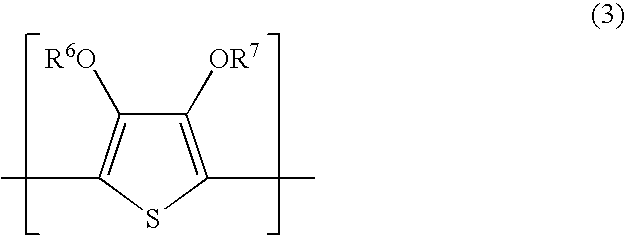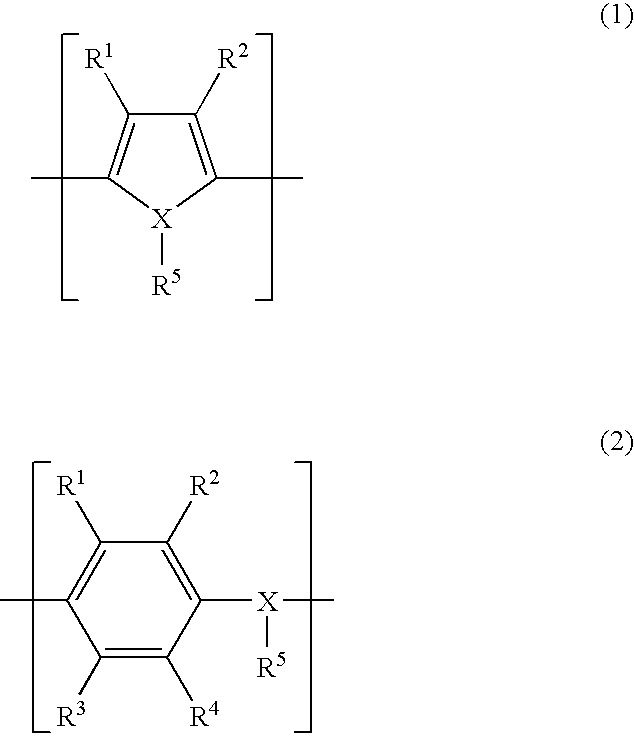Niobium monoxide powder, niobium monoxide sintered body and capacitor using the sintered body
a technology of niobium monoxide and sintered body, which is applied in the direction of inorganic chemistry, fixed capacitors, niobium compounds, etc., can solve the problems of increasing the mass of the sintered body, enlarge the shape of the capacitor, and cannot meet the requirement for downsizing, etc., to achieve small leakage current, good reliability, and large electrostatic capacitance for the volume
- Summary
- Abstract
- Description
- Claims
- Application Information
AI Technical Summary
Benefits of technology
Problems solved by technology
Method used
Image
Examples
example 1
[0231]A stainless steel cylinder-shape reactor was prepared, having the inside diameter of 150 mm and inside capacity of 5 l, the inside surface of which was lined with a tantalum sheet. The reactor was provided with pipes for supplying and emitting argon gas, a supplier of powder materials, stirrer, temperature adjuster, heater and cooler. The reactor, charged with 400 g shavings of metal magnesium, was flashed with argon and heated to 750° C. (reducing temperature). After keeping the temperature for 15 minutes to melt the metal magnesium, the stirrer was started. About 10 g of Nb2O5 powder was charged through the supplier of powder materials. The inside temperature of the reactor rose by about 30° C. After the inside temperature of the reactor lowered to the reducing temperature, about 10 g of Nb2O5 powder was charged again through the supplier of powder materials. The operation was repeated until adding all amount (350 g) of Nb2O5 powder. After completing the addition of the Nb2O...
example 2
[0238]In an SUS 304-made reactor, 1,000 g of a niobium ingot was placed and thereinto, hydrogen was continuously introduced at 400° C. for 10 hours. After cooling, the hydrogenated niobium lump was placed in an SUS 304-made pot containing zirconia balls and pulverized for 10 hours. Thereafter, this hydride was formed into a 20 vol % slurry with water, charged together with zirconia balls into a spike mill and wet-pulverized at 40° C. or lower for 7 hours to obtain a pulverized slurry of niobium hydride. After removing zirconia balls, the slurry was dried under the conditions of 1×102 Pa and 50° C. Subsequently, the obtained niobium hydride powder was heated under 1×10−2 Pa at 400° C. for 4 hours to be dehydrogenated. Furthermore, the dehydrogenated powder was heated at 200° C. for 5 hours with the presence of air to obtain the niobium monoxide powder having an average particle size of 0.9 μm. The produced niobium monoxide powder had a composition of NbO0.88.
[0239]830 g of the niobiu...
examples 3 to 10
[0248]Niobium monoxide powders, molded articles thereof, sintered bodies and capacitors were produced in the same manner as in Example 1 except for changing the average particle size and the amount added of the butyl polymethylmethacrylate, or in the same manner as in Example 2 except for changing the average particle size and the amount added of the barium oxide. The physical properties of niobium monoxide powder and the outer appearance and the dispersion in the mass of molded article, and the capacitance and the LC of capacitor are shown in Table 1.
PUM
| Property | Measurement | Unit |
|---|---|---|
| Temperature | aaaaa | aaaaa |
| Pore size | aaaaa | aaaaa |
| Pore size | aaaaa | aaaaa |
Abstract
Description
Claims
Application Information
 Login to View More
Login to View More - R&D
- Intellectual Property
- Life Sciences
- Materials
- Tech Scout
- Unparalleled Data Quality
- Higher Quality Content
- 60% Fewer Hallucinations
Browse by: Latest US Patents, China's latest patents, Technical Efficacy Thesaurus, Application Domain, Technology Topic, Popular Technical Reports.
© 2025 PatSnap. All rights reserved.Legal|Privacy policy|Modern Slavery Act Transparency Statement|Sitemap|About US| Contact US: help@patsnap.com



